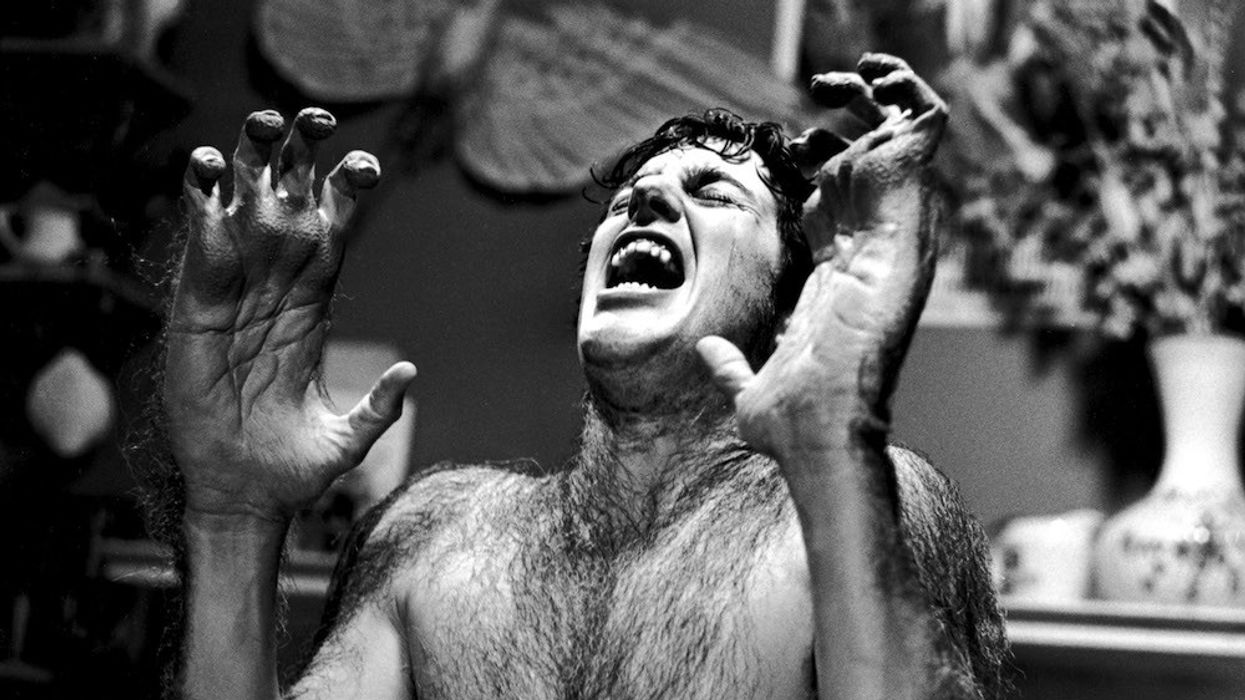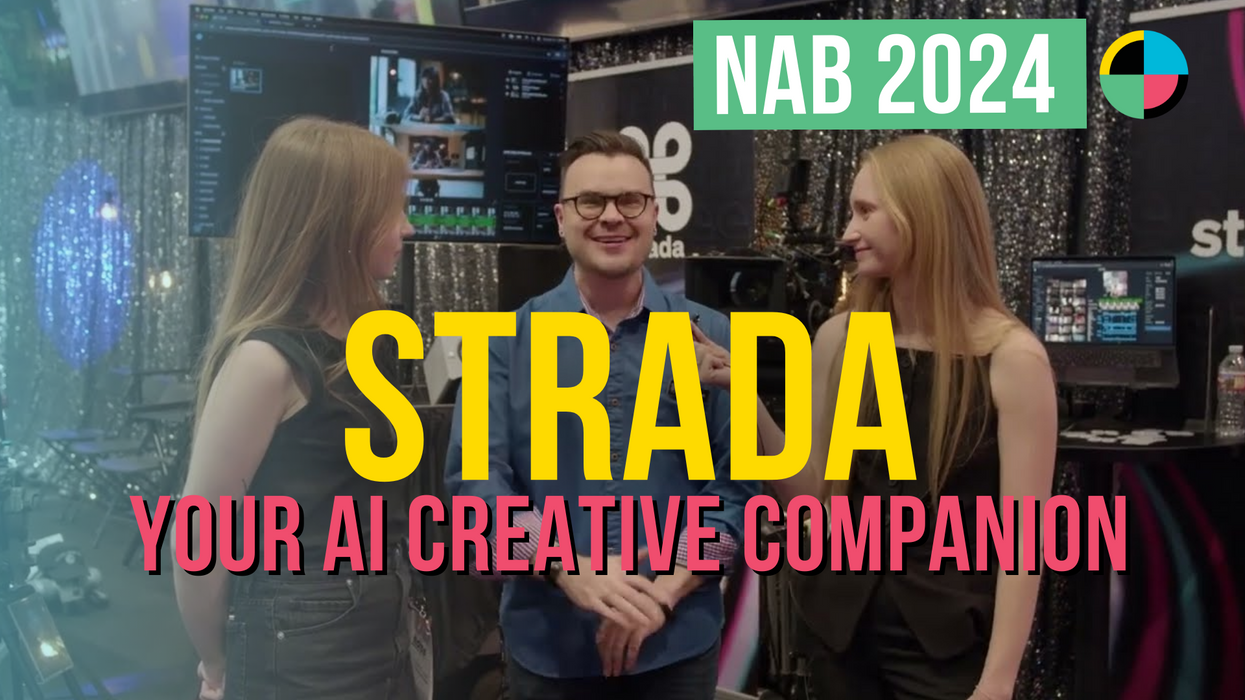'How Did They Do That?' This 20 Minute Video Breaks Down a Ton of Movie Magic Tricks
"I think cinema, movies, and magic have always been closely associated." —Francis Ford Coppola

At its very core, cinema is an illusion—an illusion of movement—so it follows that much of what has been accomplished in films is nothing short of magical. From the double exposure techniques of Georges Méliès (who was an actual magician) to Peter Jackson using forced perspective, there are plenty of methods filmmakers use to sell the illusion that what's up on screen is actually happening.
In this awesome 20-minute video, RocketJump Film School answers that all too common question, "How did they do that" by revealing how different production departments work together to pull off some of the most popular film tricks in history.
RocketJump touches on several areas that use these magical techniques:
- Editing: match on action, Robert Rodriguez's "machine gun" technique
- Cinematography: over the shoulder shots for fight scenes
- Dummies: prosthetic everything
- Puppets: T-800 in The Terminator, xenomorphs in Alien, etc.
- Reverse Photography: shooting an action and playing it in reverse to pull off a gag
- Production Design: Mirror gag, forced perspective, rotating rooms
- Compositing: combining layers to make one composite in post, (in-camera: double exposure)
You can learn so much from all of the film tricks mentioned in this video—not just how to pull them off, but how to approach them in order to really make them look real. So, if you've got a super low effects budget, Ridley Scott teaches you that you can turn a couple of fluttering rubber gloves into a hatching alien. Art Director Paul Inglis teaches you that sometimes its all about adding tiny details, like a double of the edge of a mirror frame, to really sell your illusion. Industrial Light and Magic teaches you that approaching effects with subtlety is sometimes the key.
What are some of your favorite film tricks? Do you have any that you can teach us? Let us know down in the comments!
Source: RocketJump Film School












